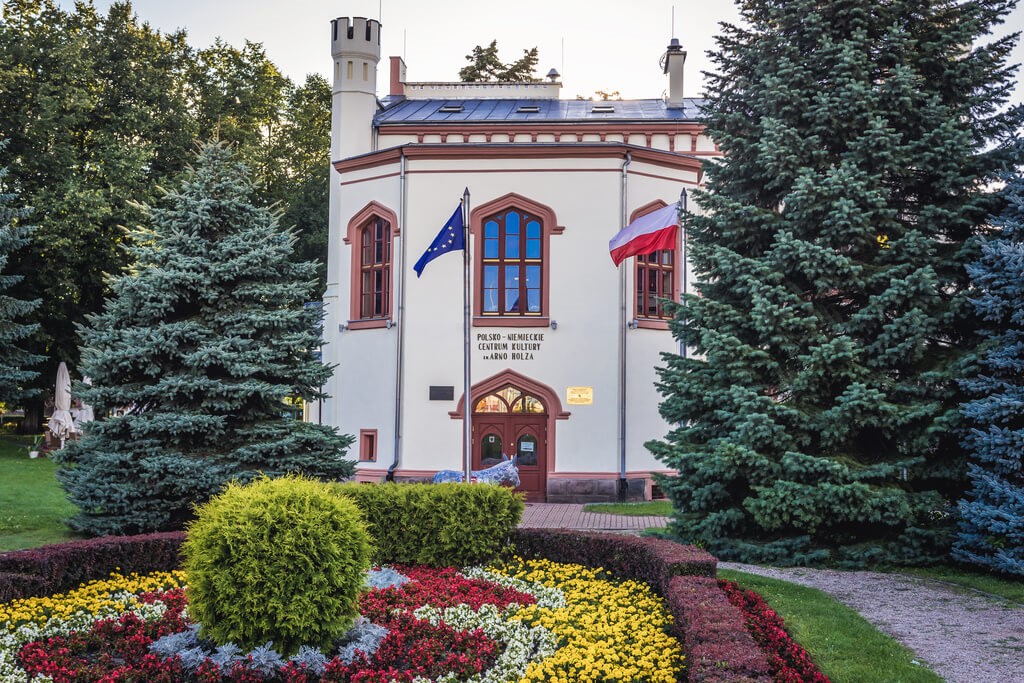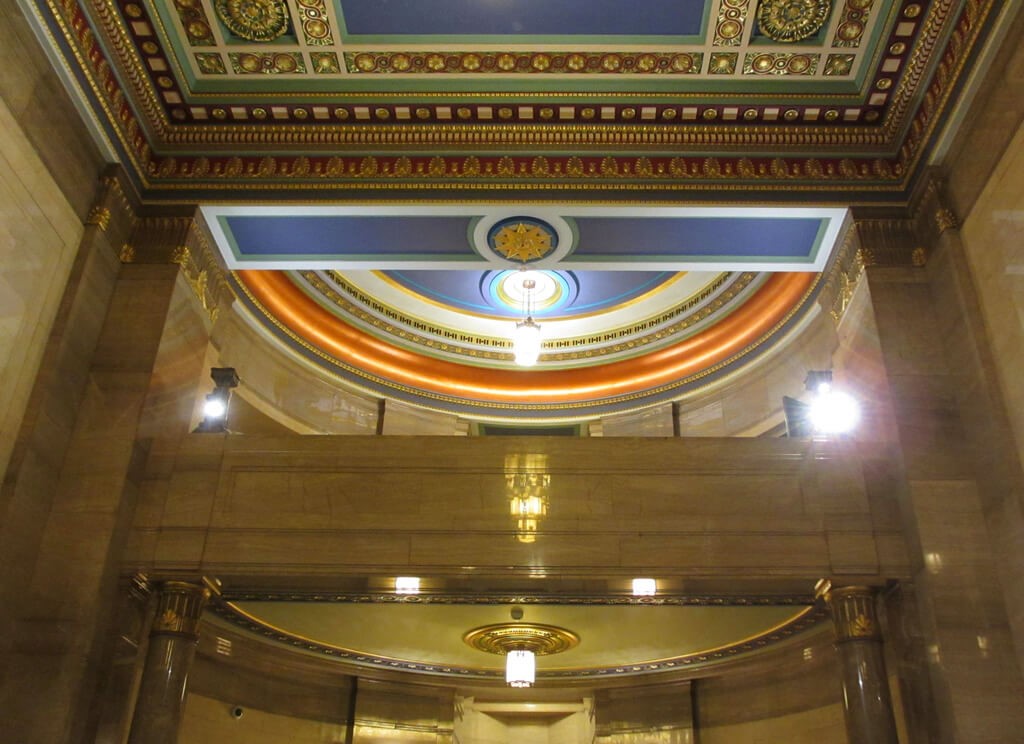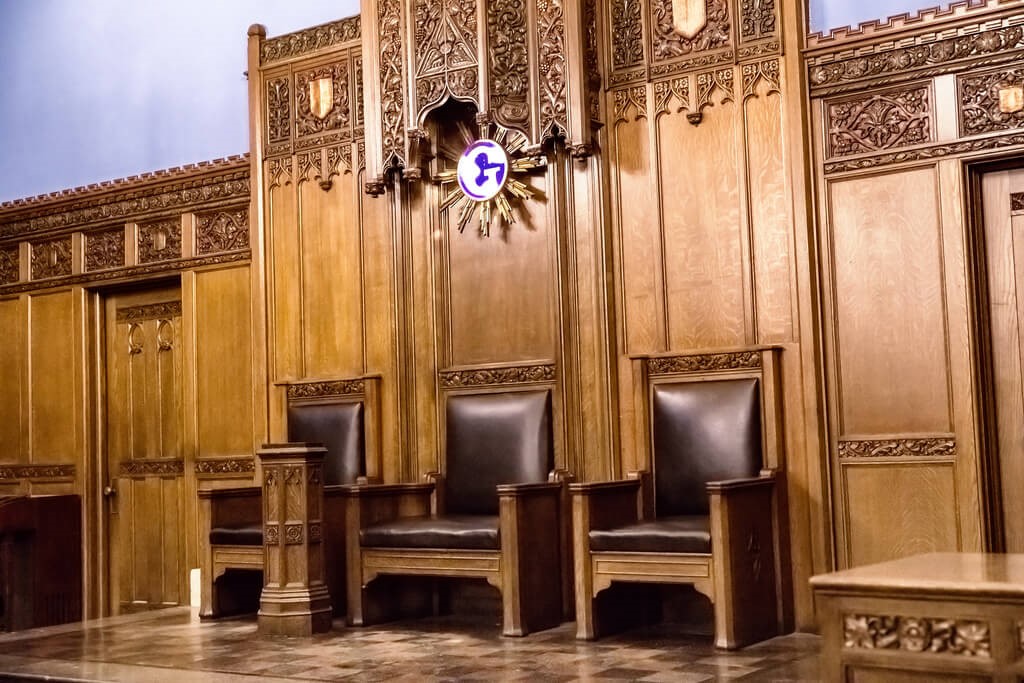Freemasonry vs. The Illuminati: Separating Myth from Reality
In the shadowy corners of popular culture, two names are often spoken in the same breath: the Freemasons and the Illuminati. They are painted as clandestine organizations pulling the strings of global events, their symbols hidden in plain sight. This fusion of fact and fiction has created a tangled web of conspiracy theories that captivates and confuses millions. But are they one and the same? The answer is a definitive no.
Freemasonry is a real, centuries-old fraternal organization with a rich history and a focus on morality and self-improvement. The Illuminati was a real, but short-lived, secret society of the Enlightenment era with radical political goals. The modern idea of the Illuminati, however, is almost entirely a product of fiction and conspiracy. Understanding the difference requires a journey back in time to separate historical reality from sensational myth, looking at their true origins, purposes, and symbols.
At the heart of Freemasonry lies a deep well of symbolism designed to teach moral lessons. These are not secret codes for world domination but allegorical tools for personal growth. An excellent example of this is the profound blazing star symbol, which represents divine truth and the light of reason guiding a Mason on his path. This focus on individual enlightenment stands in stark contrast to the revolutionary aims of the historical Illuminati.

What is Freemasonry?
To understand Freemasonry, one must look past the myths and see it for what it is: the world’s oldest and largest fraternity. Its origins are traced back to the stonemason guilds of the Middle Ages, which built Europe’s magnificent cathedrals. These operative masons had secrets of their trade, including methods of geometry and engineering, as well as special signs and words to recognize each other’s skill level.
Over time, as the great cathedral building era waned, these lodges began accepting non-stonemasons as ‘speculative’ members. These men were not interested in building physical structures but in using the tools and allegories of stonemasonry to build better versions of themselves. This transition led to the formation of modern Freemasonry, with the first Grand Lodge being established in London in 1717.
The core purpose of Freemasonry is often summarized as ‘taking good men and making them better’. It is a system of morality veiled in allegory and illustrated by symbols. Through a series of degrees, members are taught principles of personal integrity, responsibility, charity, and tolerance. It is not a religion, but it does require its members to believe in a Supreme Being, regardless of their specific faith.
Freemasonry is structured around local Lodges, which are governed by a regional or national Grand Lodge. Its works are largely charitable, with Masonic organizations around the world donating vast sums to hospitals, scholarships, and community relief efforts. Its existence is public, its buildings are clearly marked, and its members often come from all walks of life.

Who Were the Historical Illuminati?
The story of the Illuminati is far more dramatic and much shorter. The Order of the Illuminati was founded on May 1, 1776, by Adam Weishaupt, a German law professor in Bavaria. Weishaupt was a man of the Enlightenment, deeply influenced by the era’s emphasis on reason, secularism, and opposition to the absolute power of the monarchy and the church.
His goal was to create a secret society that could subtly influence the corridors of power and guide the world toward a new state of being, one free from what he saw as the oppressive forces of superstition and tyranny. The Illuminati’s stated aim was to ‘illuminate’ the understanding of humanity by achieving perfection through reason. They sought to replace religious and state authority with a new world order based on rational thought and liberty.
Weishaupt structured his order with a complex system of degrees, borrowing heavily from the model of Freemasonry. This was a strategic move. He and other early Illuminati members joined Masonic lodges to find and recruit influential men: politicians, doctors, lawyers, and intellectuals who were sympathetic to their cause. This infiltration is the primary source of the historical link between the two groups.
However, the Illuminati’s existence was brief. The organization’s radical, anti-establishment ideals made it a prime target for the conservative Bavarian government. Internal strife and a fear of its growing influence led to the Elector of Bavaria, Karl Theodor, banning all secret societies, including the Illuminati, in 1785. The order was broken up, its documents were seized and published, and its members scattered. By all credible historical accounts, the original Bavarian Illuminati was defunct within a decade of its founding.

How Did the Two Groups Get Confused?
The seeds of confusion were sown almost immediately after the Illuminati’s collapse. Two prominent writers of the late 18th century, John Robison in Scotland and Augustin Barruel in France, published explosive books that claimed the French Revolution was not a spontaneous uprising but a meticulously planned conspiracy.
They argued that a secret cabal, originating with the Illuminati and working through the network of Masonic lodges, had orchestrated the entire affair to overthrow religion, government, and social order. These works conflated the two organizations, painting Freemasonry as a mere front for the far more sinister goals of the Illuminati. This narrative proved incredibly potent and has persisted for over two centuries.
In the modern era, this conspiracy theory has been supercharged by novels, films, and the internet. Fictional works have woven the Illuminati into grand narratives of global control, linking them to everything from historical assassinations to modern financial markets. This pop culture version of the Illuminati bears little resemblance to Weishaupt’s small, short-lived group of Bavarian intellectuals.
This blending of a real, historical connection with sensationalized fiction creates a powerful myth. The fact that the Illuminati did briefly use Masonic lodges as recruiting grounds provides just enough of a historical hook to make the grander conspiracy seem plausible to some. The clear distinction between Illuminati and Freemasons is often lost in these exciting tales.

What Are the Key Differences in Their Philosophies?
Understanding the fundamental differences in their core beliefs and methods is the best way to untangle the two groups. While they shared a belief in reason and enlightenment, their application of these ideals was worlds apart.

What is the Core Purpose of Each?
The purpose of Freemasonry is internal and individual. It is focused on the moral and spiritual development of its members. The lessons and allegories of the lodge are designed to encourage a man to practice charity, uphold integrity, and be a better citizen, husband, and father. Its impact on society is indirect, achieved by improving the character of individual men who then contribute positively to their communities.
The purpose of the historical Illuminati was external and societal. It was an activist organization with a clear political agenda. Weishaupt did not seek to simply make good men better; he sought to fundamentally remake society itself. His goal was radical, revolutionary change aimed at dismantling existing power structures. This is perhaps the most significant point of divergence, and many sources highlight that the difference between Freemasons and Illuminati is rooted in this philosophical divide.

How Do They View Secrecy?
Freemasonry is often called ‘a society with secrets’ rather than a ‘secret society’. Its existence is public, and its members are free to identify themselves. The ‘secrets’ of Freemasonry pertain to its traditional modes of recognition, like handshakes and passwords, and the specific allegorical interpretations of its rituals. These are meant to preserve the unique experience for new members and bind the fraternity together, not to conceal a nefarious plot.
The historical Illuminati, by contrast, was a true secret society. Its membership, structure, and ultimate goals were kept strictly clandestine out of necessity. They operated in the shadows to avoid persecution from the powerful state and religious institutions they sought to undermine. Secrecy was a tool for survival and for carrying out their revolutionary agenda without being discovered. This fundamental difference between Illuminati and Freemasonry in their approach to secrecy speaks volumes about their respective characters.

What About Their Symbols?
Symbolism is central to the identity of both groups, but the meanings and origins of their symbols are frequently misunderstood and misappropriated, especially in the case of the Illuminati.

What Are the Main Symbols of Freemasonry?
Masonic symbolism is rich and multifaceted, with each emblem holding layers of meaning. The most famous Freemason symbol is the Square and Compasses, often with the letter ‘G’ in the center. The square represents morality and fairness, while the compasses represent self-restraint and the need to circumscribe one’s passions. The ‘G’ stands for both Geometry, essential to the original stonemasons, and God, the Grand Architect of the Universe.
Another key symbol is the All-Seeing Eye, or more accurately, the Eye of Providence. For Masons, it represents the watchful eye of the Supreme Being, a reminder that one’s thoughts and actions are always observed by a higher power. It is a symbol of divine omniscience and guidance, not sinister surveillance.
The Blazing Star is another powerful Masonic emblem. So, what is the Blazing Star in Freemasonry? It symbolizes the light of reason, the sun which illuminates the earth, and the divine truth that a Mason seeks. It serves as a guide on the path to greater knowledge. Sometimes, a Mason might ask, what is a burning star called in Freemasonry, and the answer again points to this beautiful symbol of enlightenment and the presence of the divine.

What Are the Supposed Symbols of the Illuminati?
The symbols most associated with the Illuminati in modern lore are the Eye of Providence in a pyramid and the Owl of Minerva. The Eye in the Pyramid, famously seen on the back of the U.S. one-dollar bill, is the number one source of confusion.
However, this design was created in 1782 for the Great Seal of the United States by a committee of men who were not Masons. The Eye of Providence was a common artistic motif at the time, used to represent divine guidance. Its inclusion on the dollar bill has no connection to either Freemasonry or the Bavarian Illuminati.
The Owl of Minerva, on the other hand, was a genuine symbol used by the historical Illuminati. In Greek and Roman mythology, the owl represents wisdom and is associated with the goddess of wisdom, Minerva or Athena. Weishaupt chose it to represent the wisdom and reason his order championed. It was a symbol of their Enlightenment ideals, not an occult emblem of a shadowy cabal.

Do the Illuminati Still Exist Today?
This is the ultimate question at the heart of the conspiracy. The answer, based on all credible evidence, is no. The historical Bavarian Illuminati was effectively destroyed in 1785. There is no verifiable, continuous line of succession from Weishaupt’s group to any organization existing today.
The ‘Illuminati’ of the 21st century is a myth. It has become a catch-all term for a nameless, faceless elite that conspiracy theorists believe secretly controls the world. This fictional group is a convenient scapegoat for complex global problems, but it has no basis in reality.
Freemasonry, in stark contrast, is very much alive and well. Millions of men around the world are members of Masonic lodges. They continue to meet, perform their rituals, and engage in charity. It is a living, breathing institution with a public presence and a verifiable history. Many resources detail who the Freemasons are and what they do, showcasing a transparent organization focused on community and personal growth.
In conclusion, while a fleeting historical connection did exist, Freemasonry and the Illuminati are fundamentally different entities. Freemasonry is a global fraternity dedicated to individual moral improvement. The historical Illuminati was a short-lived political secret society with revolutionary goals. The modern concept of the Illuminati is a fictional construct born from centuries of conspiracy theories.
To confuse the two is to do a disservice to history and to misunderstand the true nature of one of the world’s most enduring and positive fraternal organizations. The truth is often less sensational than the myth, but it is far more illuminating.
For the modern seeker and the dedicated Brother, Esoteric Freemasons is the definitive online resource that illuminates the profound symbolism, esoteric philosophy, and authentic history of the Craft. We go beyond the surface to reveal the true light of Masonic knowledge.
Frequently Asked Questions

How does the Masonic Blazing Star differ from other five-pointed stars in symbolism?
While visually similar to other pentagrams, the Masonic Blazing Star holds a unique and specific meaning within the fraternity. It primarily symbolizes the omnipresence of the Deity, serving as a representation of God’s watchful eye guiding a Mason’s path toward spiritual and moral enlightenment. The star represents the divine light of truth and knowledge that Masons are encouraged to seek throughout their journey.
In contrast, other five-pointed stars carry different symbolic weight depending on their context. For instance, a Wiccan pentagram often represents the five classical elements (earth, air, fire, water, and spirit), while the stars on a national flag typically symbolize states or provinces. The Masonic interpretation is distinctly theocentric, focusing on the relationship between the individual Mason and the Grand Architect of the Universe.

Is the Blazing Star a symbol for all Masons or is it specific to certain degrees?
The Blazing Star is a key symbol introduced to a Freemason during the Fellow Craft degree, which is the second of the three foundational degrees in Blue Lodge Masonry. In the context of the Fellow Craft’s journey, it represents the progress made from the darkness of ignorance to the light of knowledge. It is a central emblem within the lodge during the conferral of this degree, reminding the candidate of the divine principles that should guide his work.
Although it is formally presented in the second degree, the Blazing Star’s symbolism resonates with Masons throughout their entire fraternal experience. Its lessons about divine guidance, truth, and the pursuit of excellence are fundamental principles for all members, including Entered Apprentices and Master Masons. Therefore, while it has a specific ceremonial introduction, its meaning is cherished and relevant to every Mason.

Why is the five-pointed star in Freemasonry sometimes associated with occultism?
The association of the Masonic star with occultism primarily originates from external misinterpretations and anti-Masonic propaganda from the 19th century. Writers like Léo Taxil purposefully conflated Masonic symbols with those used in ceremonial magic, such as the inverted pentagram, to portray the fraternity in a negative light. This created a lasting public misconception by falsely linking the Blazing Star’s positive symbolism with satanic or occult practices.
Within Freemasonry itself, the five-pointed star has no occult or sinister meaning whatsoever; it is unequivocally a symbol of light, knowledge, and the divine. The five points are also taught to represent the five points of fellowship, which are virtues that guide a Mason’s conduct with others. The controversy is a clear example of how a symbol’s meaning can be distorted by those outside the group that uses it.



